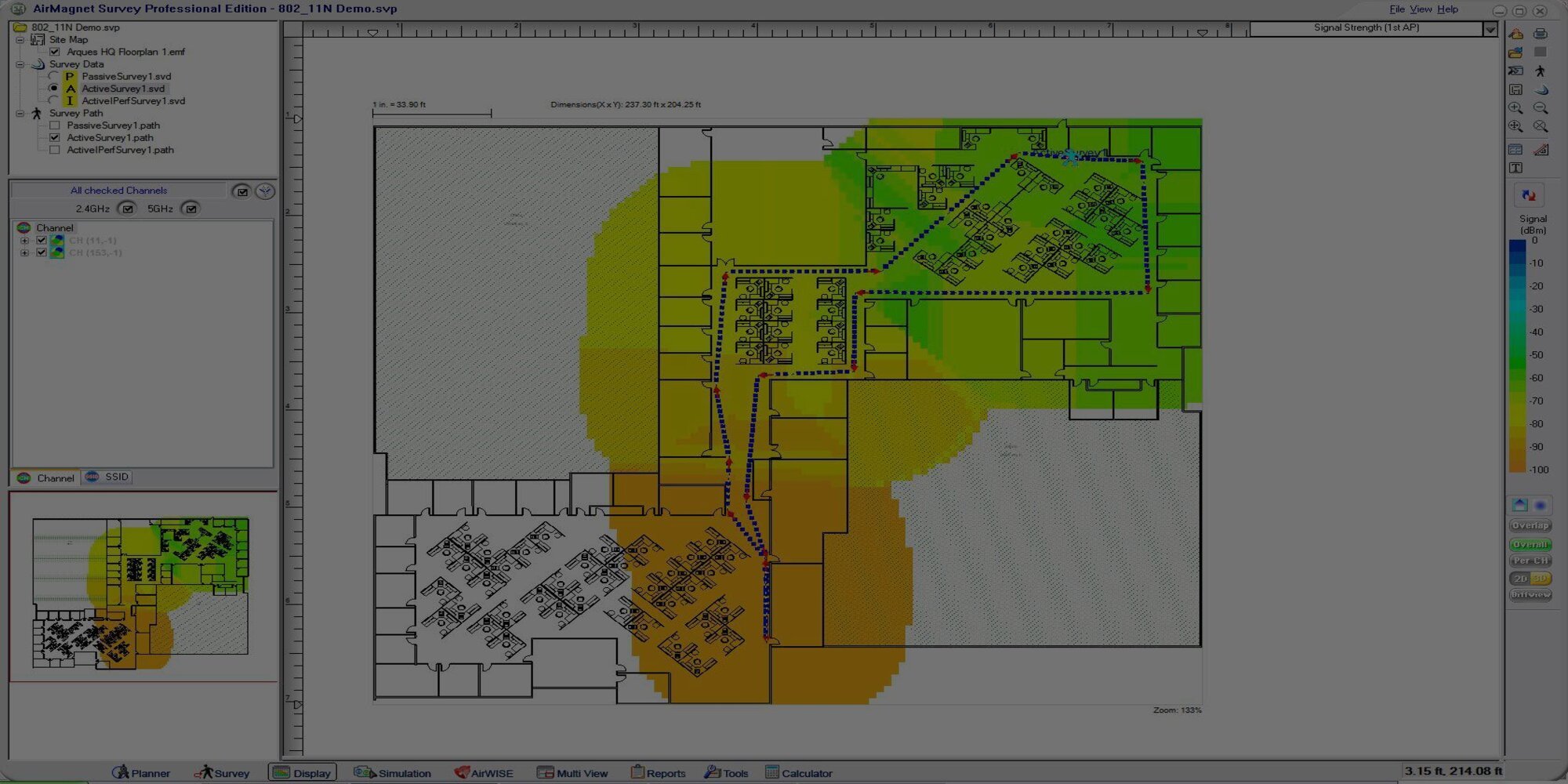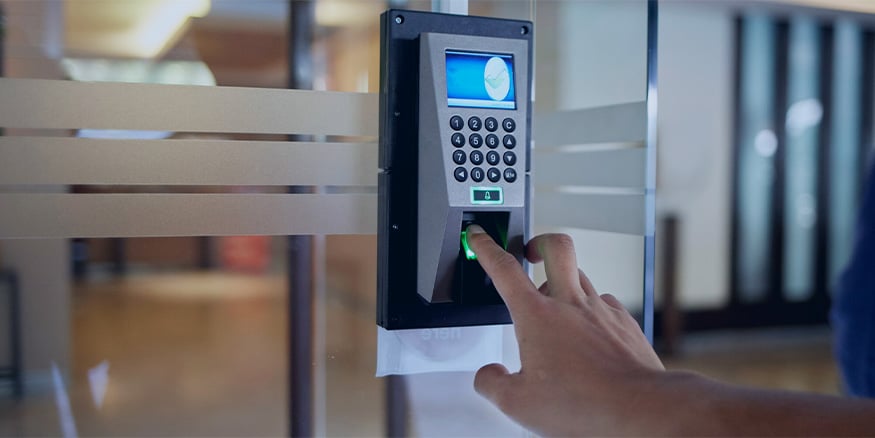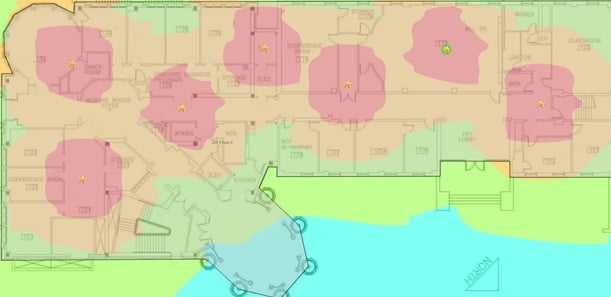Traditionally 802.11 wireless site surveys can cost upwards of $2.5K to $10K depending upon the size of your facility and applications you’ll need to work on the wireless LAN.
It costs even more to buy the expensive wireless LAN site survey test equipment and train your own staff to do it.
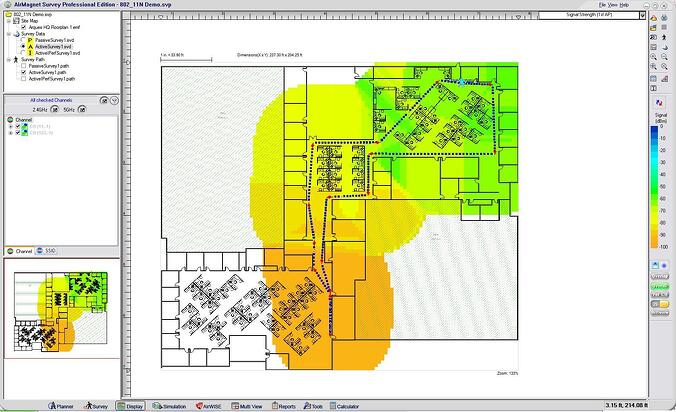
So the question often comes up: With all of the free wireless site survey software tools out there, is it necessary to spend a lot of cash on 802.11n planning?
Answer: It depends on what you’re planning for. Let me explain in more detail.We design, deploy, and support many large scale wireless LANs across the country. We like to think of large scale wireless deployment as any wireless LAN infrastructure that will include more than 100 wireless access points.
For simplicity, we break the wireless planning down into two categories:
- Simple Planning
- Complex Planning
1. Simple Planning
Coverage and Capacity (only): The users in this environment will primarily need wireless internet accessed through laptops, tablets or other mobile devices such as smart phones. An example is wireless networking for schools like the 1:1 Initiatives and E-Rate funding for Internal Connections.
For these wireless LAN deployments, predictive survey tools can be used (i.e. AirMagnet, AirWave, Ekahau) and can provide accurate analysis of what the coverage will look like.
We still certainly recommend working with a wireless design expert in these tools to look at capacity concerns (seeCapacity vs. Coverage Blog).However, it is not necessary to set up the tripod, survey kit, walk the entire facility, and map out every access point location physically.
Predictive tools are an inexpensive and great option for wireless LAN planning in K-12 and higher education environments.
Helpful Tip: When pulling network cabling to the access point location, leave a service loop of 10-15 ft to allow flexibility for adjustment of the access points for optimal coverage. In our experience, the predictive software tools are accurate within 5-10% of the real world RF coverage.
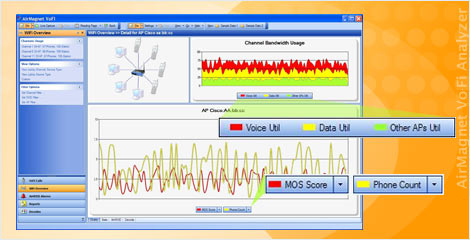
2. Complex Planning
Coverage, Capacity, AND Performance: The users in this environment will connect via traditional means but also have the need for applications that have very specific performance requirements. An example of this is a hospital wireless network that needs to support Wireless VoIP, Real Time Location Services (RTLS),
Wireless Video, and Mobile Electronic Medical Records (EMR). Some applications, like RTLS for example, are only accurate based upon the location and spacing of the access points because it works off of triangulation of the signal (similar to GPS). In a hospital wireless networking environment, a site survey and testing on site is necessary to ensure the investment in wireless LAN infrastructure will be well founded.
Helpful Tip: When engaging a resource for wireless design, (1) define the applications/devices that will need to work in the facility, (2) define where they will need to work, and (3) define how accurate (for example: RTLS within 20 Ft.).
The wireless designer can then determine the technical requirements of each application/device and use the proper tools to give you the best results.
To learn how we can analyze and optimize your current wireless network simplay contact us here.

